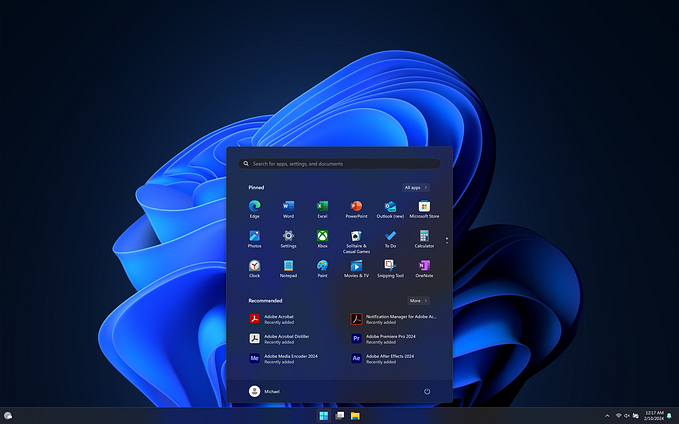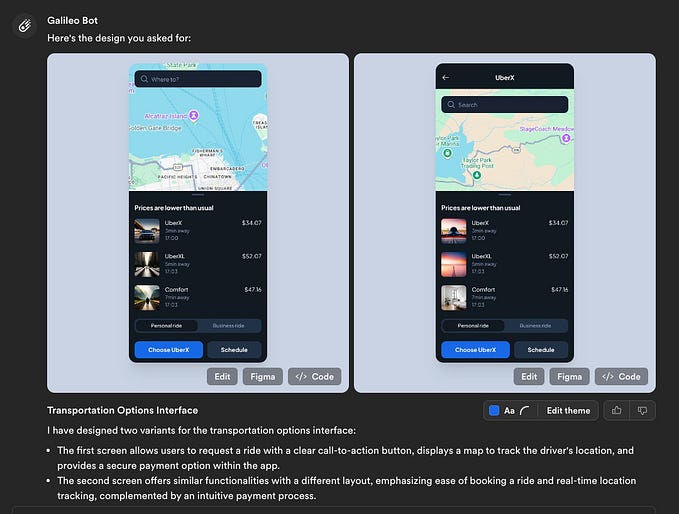Apple’s Vision Pro Unveiled: A closer look at spatial input design discussed at WWDC
WWDC Session: Design for spatial input

The anticipation surrounding Apple Vision Pro, the flagship product unveiled at WWDC, has captured the attention of tech enthusiasts worldwide. Among the various sessions held at WWDC, the “Design for Spatial Input” session has garnered significant interest among designers. In this article, I will summarize the key insights discussed in this session and offer our opinions on how designers can prepare for this potential future design trend.
Highlights During the “Design for Spatial Input” session, two crucial elements took the spotlight: eyes and hands.
Designing for Eyes
- Place content in the viewer’s line of sight, ensuring optimal visibility.
- Craft design elements that effectively capture the viewer’s attention.
- Respect the minimum target area for eye-based interactions.
- Incorporate hover effects to provide intuitive feedback.
- Consider revealing additional information based on the viewer’s eye intent.
Designing for Hands
- Utilize familiar gesture language to facilitate ease of use.
- Introduce custom gestures only when necessary, maintaining user familiarity.
- Incorporate eye direction as an input for interactive experiences.
- Employ direct interaction when it enhances the overall user experience.
- Clearly indicate interaction states to provide users with feedback.
The realm of VR product design may be uncharted territory for many designers, including myself. However, if Apple Vision Pro follows the trajectory of other Apple ecosystem products, understanding how to design for spatial input may become an essential skill for app designers.
Ideas to help designers prepare
- Acquire basic knowledge of 3D design principles, such as understanding the XYZ axis theory.
- Expand your horizons by exploring disciplines like architecture and interior design to broaden your creative outlook.
- Foster a mindset that embraces new design trends and skills, remaining open-minded to the ever-evolving design field.
Conclusion
The “Design for Spatial Input” session at WWDC has sparked considerable interest among designers, highlighting the significance of eyes and hands as key input methods for immersive experiences. By adapting and staying informed about emerging trends, designers can position themselves to create innovative and immersive experiences for the evolving landscape of VR products. We don’t know whether this product can be successful in the future, but all we need to do is prepare well and do our best.











